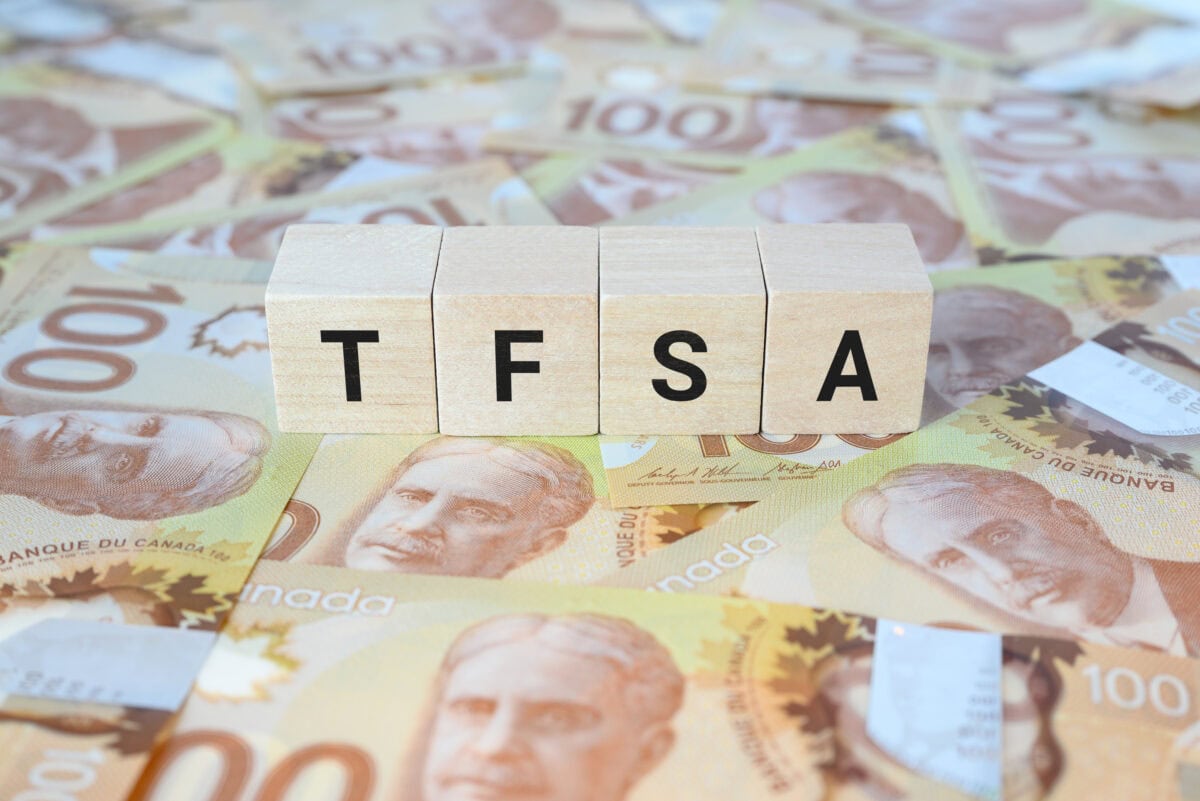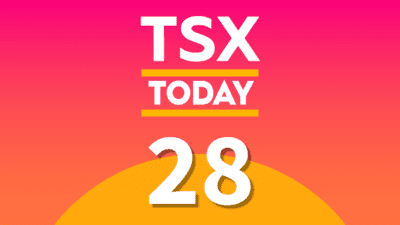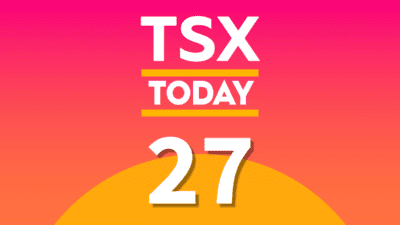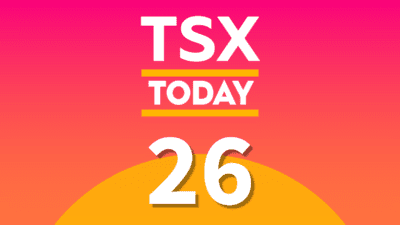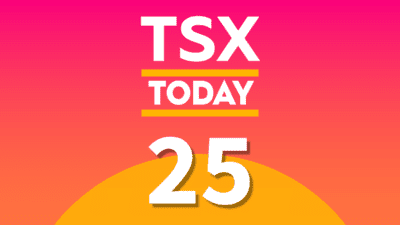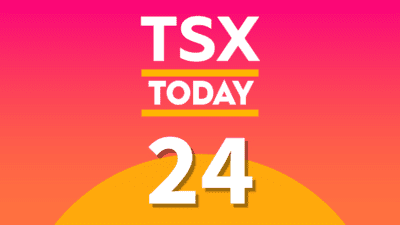The Tax-Free Savings Account (TFSA) allows Canadians to invest across asset classes without paying taxes. Due to its tax-sheltered status, the registered account has gained popularity among Canadians over the past decade.
The Tax-Free Savings Account contribution room increased to $7,000 in 2024, bringing the maximum cumulative contribution limit to $95,000. However, the average TFSA balance at the start of 2024 was much lower at $41,000. So, let’s see how Canadian TFSA investors can create a diversified portfolio with just $25,000.
Invest in GICs
Amid cooling inflation levels and elevated bank rates, investors can allocate 20% of their TFSA balance to low-risk fixed-income instruments such as guaranteed income certificates (GICs).
A GIC is a financial instrument on which you earn interest on a principal amount for a specific time period, after which you will get your initial deposit back. Several banks and financial institutions are offering you a yield of more than 4% on GICs in 2024.
Investing in GICs may be ideal for those with a lower risk appetite and a short-term investment horizon.
Invest in dividend ETFs
Investors can also consider gaining exposure to dividend-powered exchange-traded funds such as the iShares Canadian Select Dividend Index ETF (TSX:XDV). With more than $1.6 billion in assets under management, the XDV ETF pays investors a monthly dividend of $0.117 per share, translating to a forward yield of 4.7%.
The ETF has returned close to 100% to shareholders in the past decade after accounting for dividend reinvestments. Some of the fund’s top holdings include Canadian Tire, Royal Bank of Canada, and the Bank of Montreal, which account for almost 24% of the index.
You can invest another 20% in dividend ETFs to benefit from a steady and recurring passive income stream for life.
Invest in the S&P 500 index
While the XDV ETF provides you with exposure to some of the largest companies in Canada, investing in quality stocks south of the border is much more lucrative. For instance, the S&P 500 Index has provided a compounded annual growth rate of over 10% in the last six decades after adjusting for dividend reinvestments.
Several Canadian ETFs passively track the S&P 500 Index. One popular ETF is the Vanguard S&P 500 Index ETF (TSX:VSP). With almost $3.5 billion in assets under management, the ETF is also hedged to the Canadian dollar, shielding investors from fluctuations in exchange rates.
The staggering growth of big tech giants in the past decade has allowed the VSP to more than triple investor returns since October 2014.
Low-cost passive index funds such as the VSP should form the core of your investment portfolio as you gain access to some of the largest companies in the world that are equipped with strong balance sheets and diversified revenue streams. Further, based on historical data, investing in the S&P 500 will help you beat over 80% of the fund managers on Wall Street.
Younger TFSA investors should consider allocating at least 60% of their annual contributions towards the VSP and benefit from the power of compounding.

